Women’s History Month

Women’s History Month was first celebrated in March 1987, though it began five years earlier as Women’s History Week by presidential proclamation. Born from the feminist movement and Title IX, the observance honors women and their cultural, societal and historical contributions. This month, look to the example of a few of the amazing women in the books listed below.
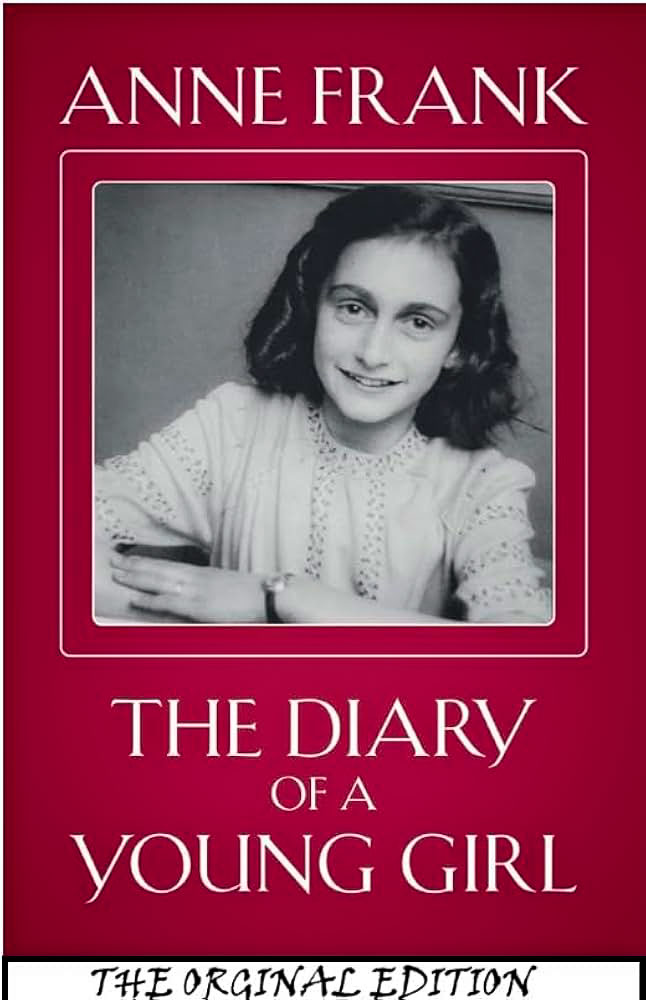
Diary of a Young Girl by Anne Frank. This classic book is the posthumously published private diary of a young Jewish girl hiding with her family and others from the Nazis in Amsterdam. Her diary covers two years in hiding before the entire group was arrested and deported to concentrations camps in 1944. The diary is “an inspiring and tragic account of an ordinary life lived in extraordinary circumstances,” describes the book blurb.
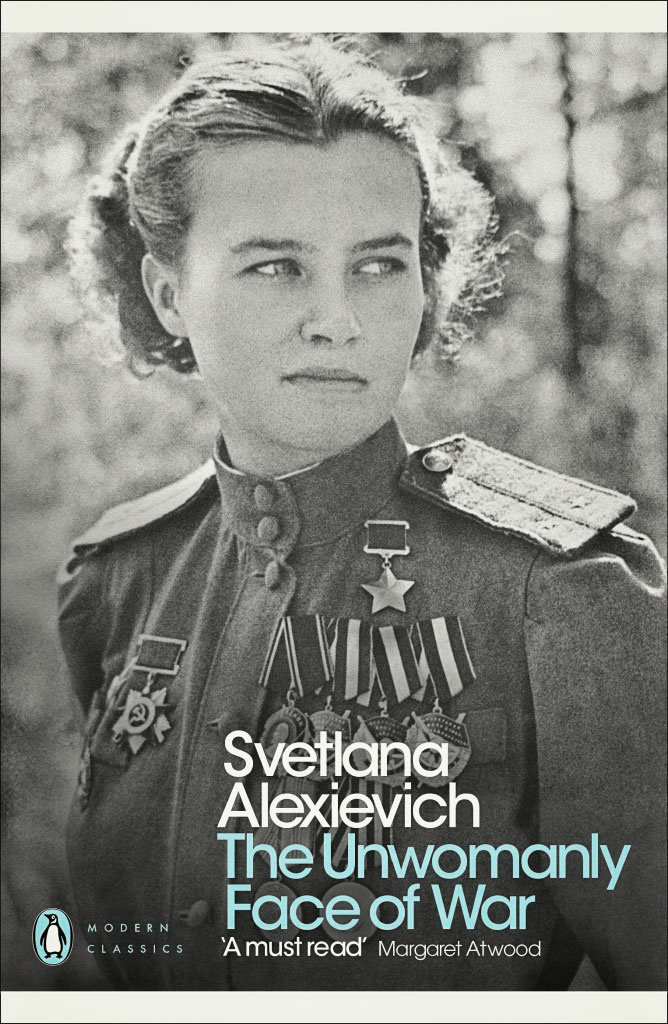
The Unwomanly Face of War: An Oral History of Women in World War II by Svetlana Alexievich. This book compiles the war stories of more than 200 Soviet women. “Women not only rescued and bandaged the wounded but also fired a sniper’s rifle, blew up bridges, went reconnoitering and killed,” describes the book blurb. The compilation of oral histories was gathered for four years and from more than 100 cities, towns and villages.
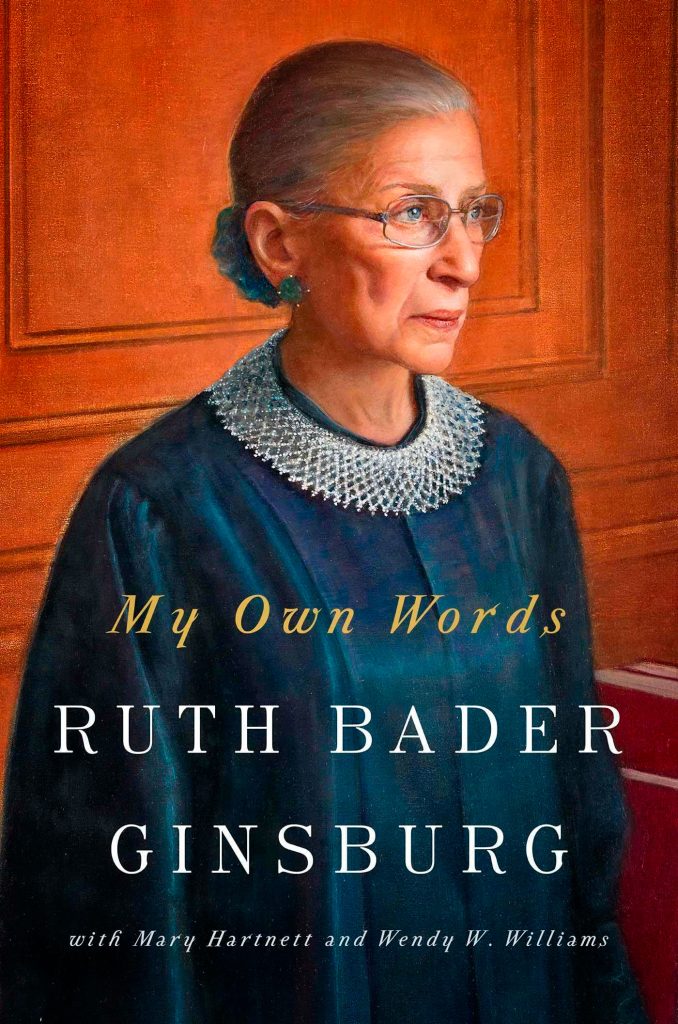
My Own Words by Ruth Bader Ginsburg was written in 2016, four years before her death. The book consists of a collection of the Supreme Court Justice’s writing on a variety of topics, both personal and public. Each chapter is introduced by her authorized biographers, providing biographical context. It is “a fascinating glimpse into the life of one of America’s most influential women,” states the book blurb.
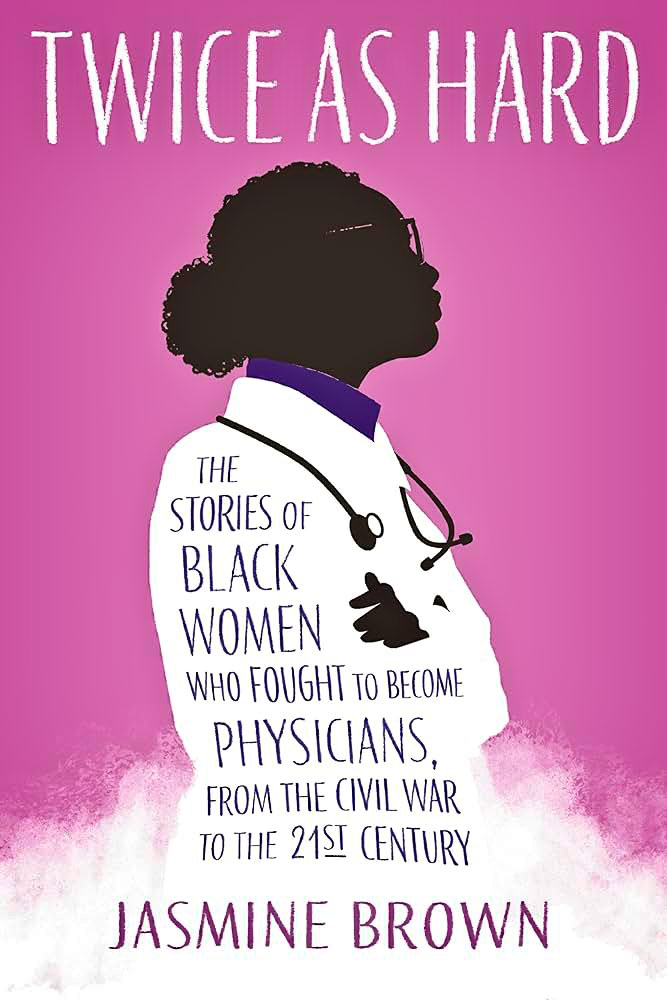
Twice as Hard: The Stories of Black Women Who Fought to Become Physicians from the Civil War to the 21st Century by Jasmine Brown is a collection of true stories of nine African American women who defied the challenges of color and gender imposed upon them and became doctors, caring for people who were neglected. These physicians also became an ensign for others to emulate, carrying the torch forward and further inspiring girls today.

Crazy Brave: A Memoir by Joy Harjo shares the journey from hardscrabble early years to the first Native American United States Poet Laureate. Appointed in 2019, Harjo held the office until 2022. Her story is “haunting, unique and visionary, while illustrating the complexities of betrayal and love,” states the book description.
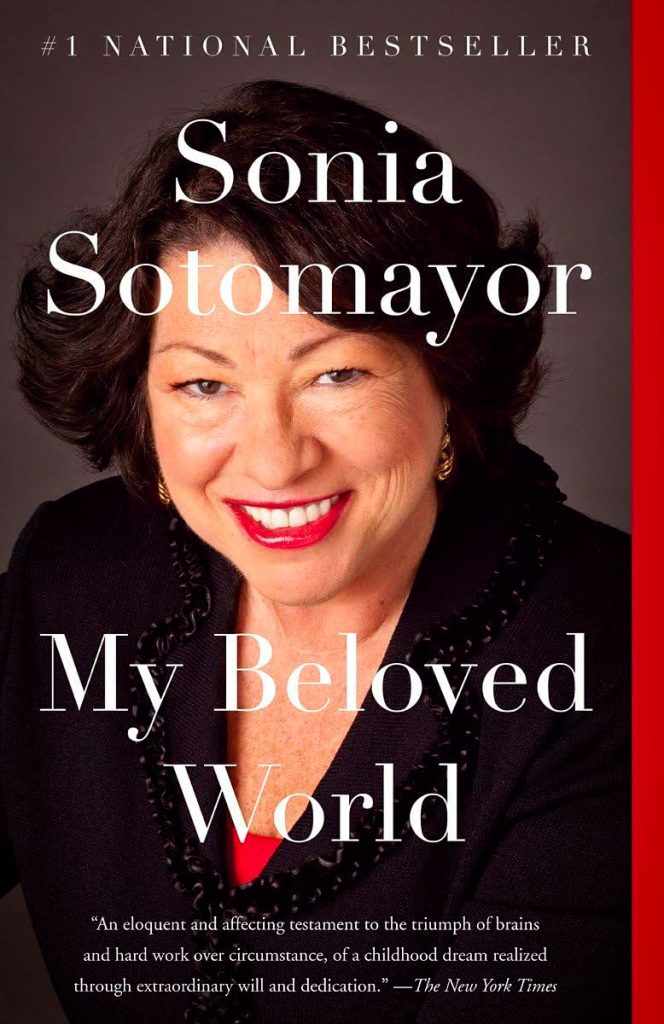
My Beloved World by Sonia Sotomayor is a memoir that follows Sotomayor’s beginnings in the Bronx to her seat on the Supreme Court. The third woman and first Latina to sit on the highest federal bench, Sotomayor’s journey was fraught with setbacks and heartbreaks, but also determination and triumph.
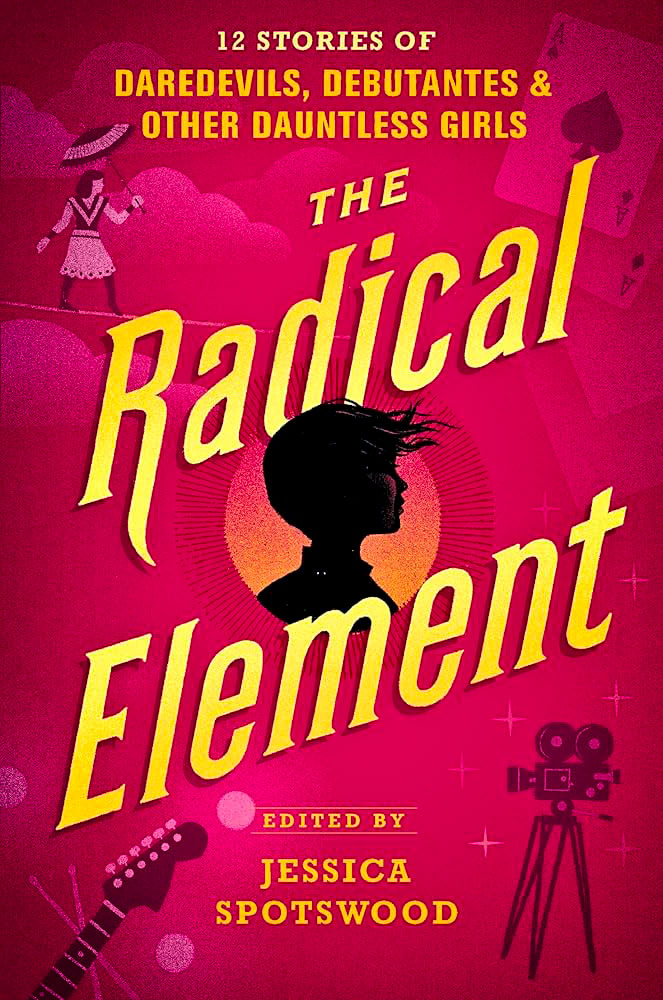
The Radical Element: 12 Stories of Daredevils, Debutantes & Other Dauntless Girls edited by Jessica Spotswood is a collection of 12 short fictional stories about young women who stand up to cultural mores to forge a better world for themselves and all girls. The young adult book has something for anyone looking for spunky and determined role models.
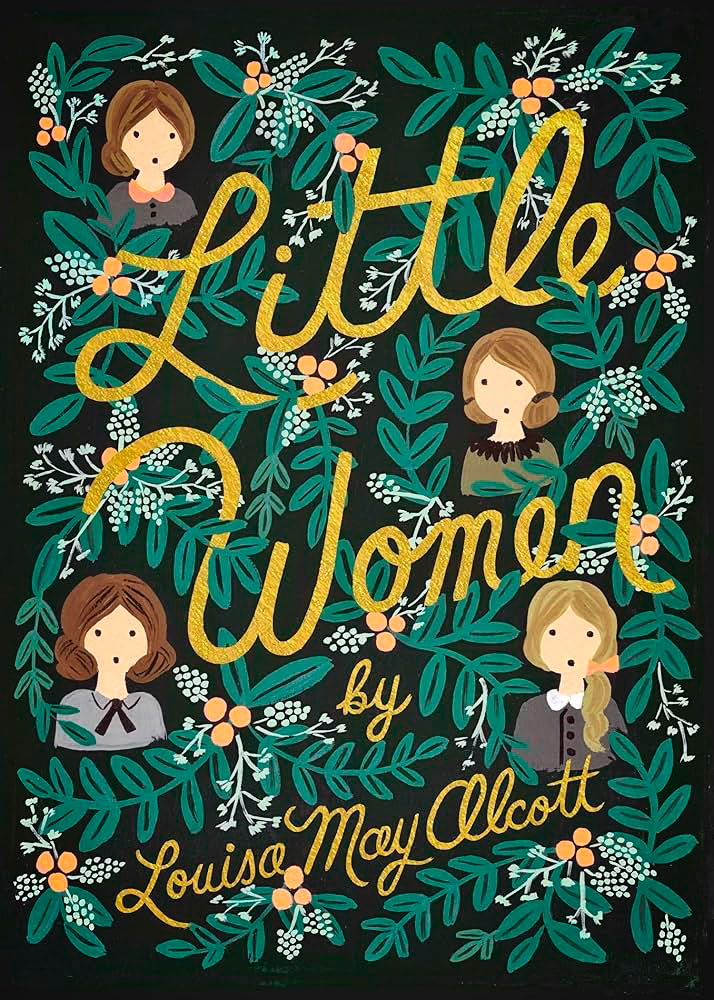
Little Women by Louisa May Alcott has been adapted six times into movies. This classic coming-of-age novel follows the four March sisters as they navigate growing up in post-Civil War New England. Loosely based on Alcott’s own family, the book is more than the publisher’s requested “girl’s book,” but instead explores timeless themes that are still relevant to girls and women today.
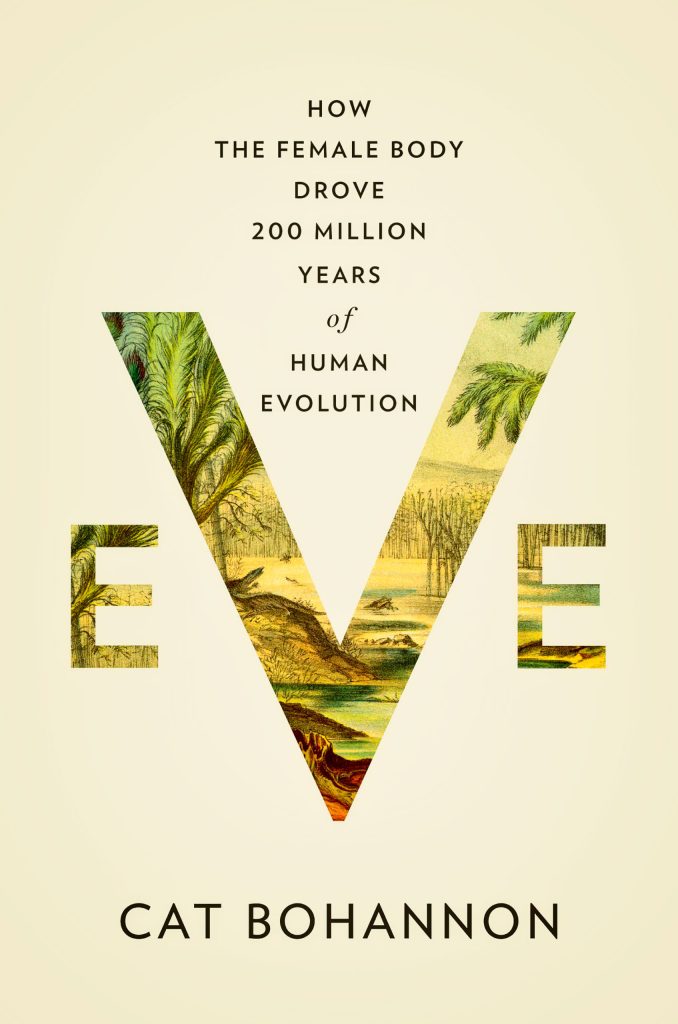
Eve: How the Female Body Drove 200 Million Years of Human Evolution by Cat Bohannon puts the female body squarely in the spotlight. This award-winning nonfiction book is part biology, history, feminism, health and anthropology. Bohannon’s book looks at the importance of not assuming that male and female bodies are the same but instead dives deep into the meaning of womanhood.
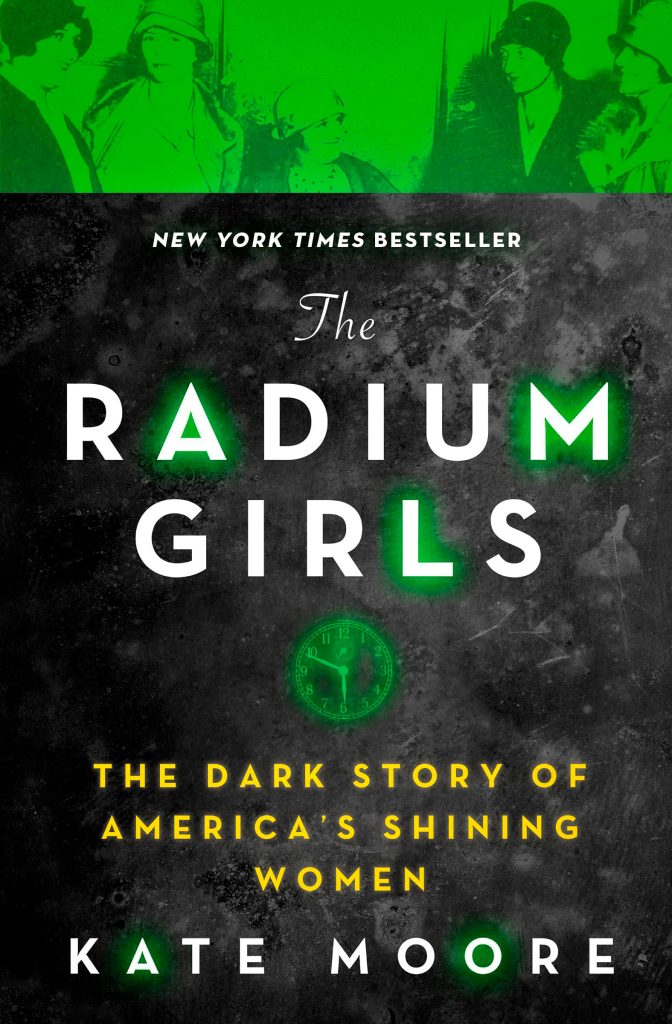
Radium Girls: The Dark Story of America’s Shining Women by Kate Moore flashes a light on the women who painted watch dials and hands with radium in the first half of the 20th century. The subsequent illnesses and deaths from radiation poisoning and the groundbreaking fight for worker’s rights changed everything and the ripple effects are still felt today.
Significant women’s history dates:
- March 8 is International Women’s Day.
- March 3, 1913: First major suffragists march on Washington.
- June 5, 1916: The National Woman’s Party was formed to advocate women’s rights and suffrage.
- August 26, 1920: Nineteenth Amendment allowing women to vote (although discrimintory practices prevented some black women from voting).
- August 6, 1965: Voting Rights Act passed, allowing all women to vote.
By Celeste McNeil; courtesy photos